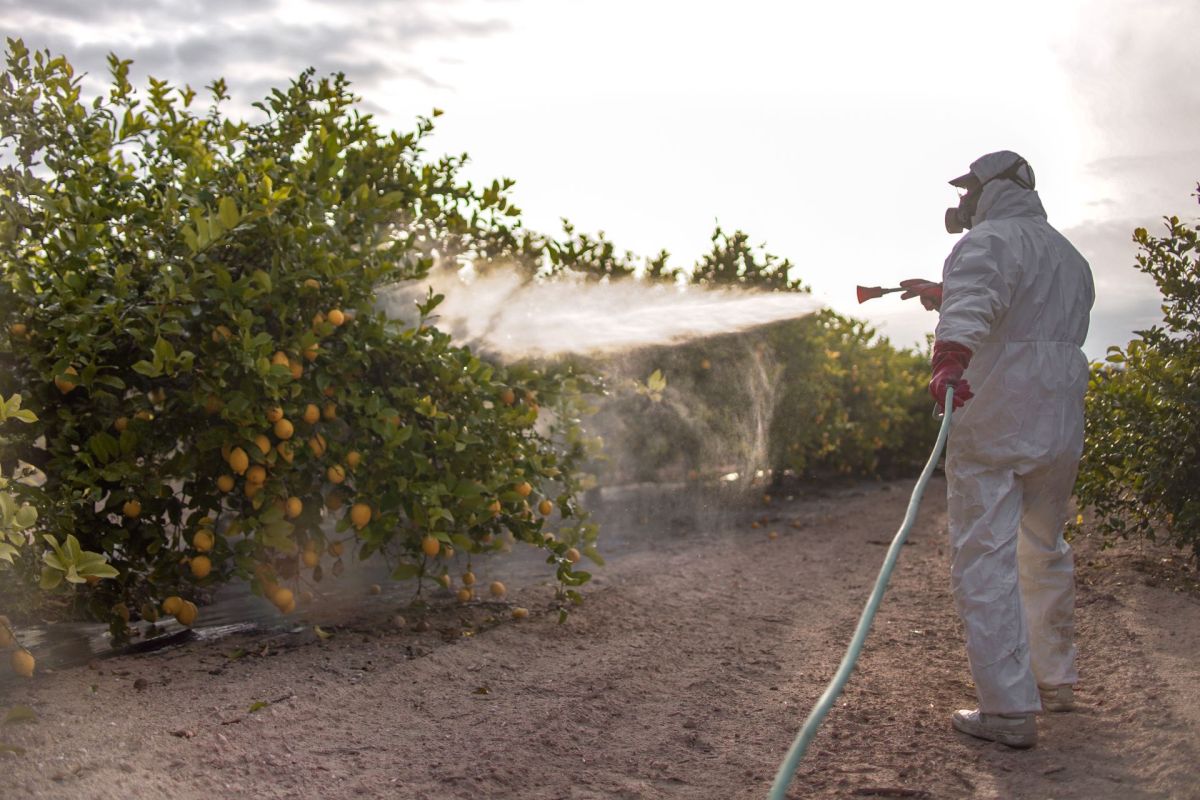It turns out that using powerful neurotoxins to kill insects is (surprise) impacting other animals, and even people.
At issue are neonicotinoids, which The Hill reports came into use in the 1990s. While these poisons are good at killing bugs, experts are worried that neonicotinoids could be akin to DDT, which was banned by the Environmental Protection Agency (EPA) in 1972 for its impact on the environment and people, in part, for cancer risks.
What are neonicotinoids?
Also called neonics for short, these toxins harm "receptor sites in insect nerves" causing harm to various bodily functions, according to a video posted by the Natural Resources Defense Council (NRDC). The toxin is commonly used in agriculture, often to treat seeds, and works great to protect food plants from bugs, The Hill reports.
"The problem with that is once you target the nervous system of an insect, it doesn't necessarily mean you are not doing damage to other larger species," Adrienne Esposito, of Citizens Campaign for the Environment, said in the video.
When developed, neonics were billed as a safer pesticide that targets only certain insects. But bumblebees, whitetail deer, and songbirds are now feared to be a part of the toxic fallout, according to the report from The Hill. The article lists multiple studies about the pesticide's collateral damage, including for people.
How do neonics hurt other species?
Rachel Carson wrote "Silent Spring" in 1962 to uncover how DDT, the most powerful pesticide at the time, was harming people and the environment in extreme ways. As a result, the toxin was banned about a decade later.
Neonics are feared by some experts to be capable of an unwanted sequel to "Silent Spring." The problem is that much of the toxin leaches into the environment after being used, entering water supplies and being carried by the wind, according to The Hill.
An Iowa State study reports that a single kernel of neonic-treated corn can kill up to 80,000 honeybees, creatures crucial to pollination and the food chain. The Cornell Lab of Ornithology is reporting on the toxin's impact on grassland birds, including disruption to migration and reproduction.
Humans may not be escaping the fray. The Hill's report includes a study that found neonics in pregnant women. The health implications are still being studied.
"[The Centers for Disease Control and Prevention] monitoring shows that on any given day about half the American population has neonics in their bodies, with the highest levels in children," Dan Raichel, acting director of the Pollinator Initiative, said in the council's video.
How can I avoid neonics?
You can limit exposure in your home by eating organic, pesticide-free foods. If you have a bug problem, avoid potent toxins and use diatomaceous earth (DE), an inexpensive and effective bug-duster that's safe for pets and children.
Join our free newsletter for cool news and cool tips that make it easy to help yourself while helping the planet.









